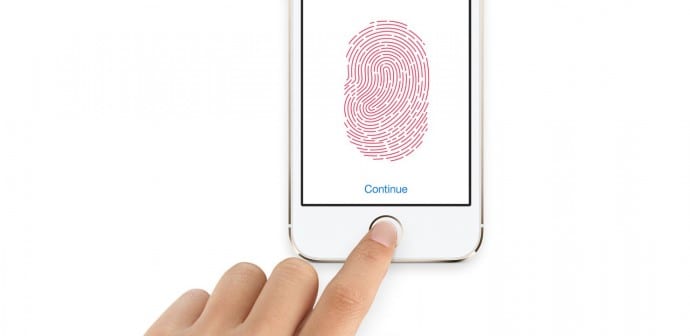Police to use 3D printing of a dead man’s fingers to unlock his iPhone
If you thought that using fingerprint to protect your digital devices was the best way to keep it secure, you may want to think again.
Michigan police have recently asked the computer scientists at the Michigan State University to produce a 3D model of a fingerprint to unlock a victim’s iPhone and disclose clues that could help solve an open murder case. In other words, they are attempting to make a 3D replica of a dead man’s fingers in order to access his device.
The victim’s body was apparently too decayed for a fingerprint to be directly applied to the iPhone, but the police already had a scan of the victim’s fingerprints from when the man was arrested in a previous case.
Michigan State University professor Anil Jain has been given the task to create the 3D moulds, and the project is advancing well so far, even though in-lab testing is still being performed, according to a report by Fusion. However, it is not yet clear if the prints can unlock the iPhone.
Using the information provided by the police, Jain has created replicas of all ten fingers, because the investigators are not sure which finger the murdered man actually used to secure his iPhone.
“We don’t know which finger the suspect used. We think it’s going to be the thumb or index finger – that’s what most people use – but we have all ten,” Jain said.
He told Fusion that in order to fake the pressing of an actual finger, he “coated the 3D printed fingers in a thin layer of metallic particles” so that the scanner will read it as if it were a finger and not 3D-printed plastic. They believe that it should work fine and be able to unlock the iPhone, but for the moment, they’re just testing everything in labs to be sure that no issue whatsoever is experienced.
Work on the 3D replicas is expected to complete in the coming weeks, and if successful, it can open the door for a new way of unlocking phones without any interference from the company that manufactured said devices. It also raises ethical questions about the new technique that potentially poses a threat to the users’ privacy; there are chances of high risk that someone could exploit it.
Earlier this year, Apple went to war with the FBI when it refused to help the authorities break into the iPhone of the deceased San Bernardino shooter, claiming that this would set a dangerous precedent and would only create new risks for customers in the United States.
Earlier this year, Apple refused to help the FBI break into the iPhone used by one of the San Bernardino terrorists, claiming that this would set a dangerous example and would only create new risks for customers in the United States. However, the FBI finally managed to unlock the iPhone with help from an undisclosed group of hackers, so Apple was no longer required to develop a backdoor to access data stored on it.
Fortunately, many modern smartphones require a passcode if the owner hasn’t used the fingerprint unlock in over 48 hours. So, even if a 3D fingerprint is created, cracking the password would still be needed if the data isn’t pulled out in due time.
